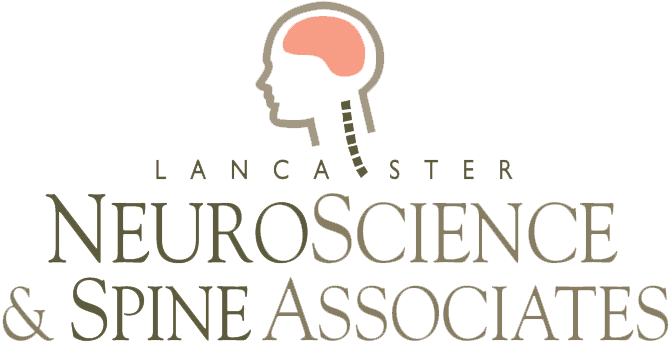Medical Acupuncture: Relieving Pain & Promoting Natural Healing
“Integrating acupuncture with our practice is a good fit. It broadens our treatment options for our patients who experience pain.” - Dr. Tony Ton-That
Changes in the way medical care is delivered in the U.S. happen slowly, and that’s certainly been the case with the integration of acupuncture in mainstream medicine. The ancient Chinese healing practice of inserting needles into the body began finding its way into western medical practices in the 1970’s. American physicians visiting China saw firsthand the use of acupuncture during surgery as the sole source of sedation. In 1971, James Reston wrote in the New York Times about his positive personal experience with acupuncture for pain management following surgery, stirring interest and debate.
In the three decades that followed, western scientific communities worked out guidelines for educational requirements and regulation in the U.S. In the last few years, the movement toward this holistic approach has picked up steam, with the number of medical doctors incorporating acupuncture in their practice doubling each year.
One such doctor is Tony Ton-That, a physiatrist and specialist in pain management who now performs acupuncture at Lancaster NeuroScience & Spine Associates. His Asian background gives him a familiarity with the complex discipline that dates back to Chinese medicine in the second century BC. But it is his medical specialty of physiatry that led him to add acupuncture to his arsenal of pain management techniques.
He recently completed intensive clinical training and received certification from UCLA’s School of Medicine in medical acupuncture. In his class were physicians from all fields of medicine – family practice, internal medicine, orthopedic, ob-gyn, anesthesia, endocrinology, and military trauma—underscoring the growing application of acupuncture in this country.
As a physiatrist, Dr. Ton-That’s goal is to restore function for patients with acute and chronic pain — back and neck pain, nerve pain, and pain from work-related injuries. And among the conditions recommended for acupuncture by the World Health Organization are low back pain, sciatica, rheumatoid arthritis, headache, migraine, facial paralysis and peripheral neuropathy.
“Integrating acupuncture with our practice is a good fit,” Dr. Ton-That explained. “It broadens our treatment options for our patients who experience pain,” he said, “and working with our neurosurgeons, we can provide the most appropriate neurological care for each patient.”
How it works
Although often described as a treatment for pain, acupuncture is used to treat a wide variety of illnesses. Acupuncture’s focus is on improving overall health rather than isolating specific symptoms. It follows the Chinese philosophy, addressing the body’s motivating energy (known as Qi) and seeks to move it in a balanced way through pathways called meridians under the skin. By inserting needles into these channels, an acupuncturist can stimulate the patient’s healing response, restoring natural balance.
There are about 500 acupuncture points on the body, and typically Dr. Ton –That will use ten or twelve of the points during a treatment. The location of the points may not be close to the part of the body where the problem originates. Needles could be inserted into a patient’s foot or hand to alleviate headache pain, for example. The needles are disposable, so there is no risk of infection.
Acupuncture needles do not feel like the needles used for injections or blood test. They are much finer, and patients describe the feeling as a tingling. They may be in place for a few seconds, or for as long as thirty minutes, depending on the effect Dr. Ton-That is seeking. Once they are in place, there is no pain. Acupuncture treatments can be use in combination with electrical stimulation or infrared therapy to broaden the results and stimulate more energy. “There is a synergistic effect using this combination,” Dr. Ton-That explained.
Among the advantages that acupuncture can provide, Dr. Ton-That values the satisfaction of listening to patients in an expanded way. During the first session, he finds that the individual’s medical history comes alive when he uses the oriental approach to learning the context of the pain or injury. “In modern medicine, the need for objective data has overshadowed the importance of hands
-on patient care”, he believes. “I think I am a good listener. In the Vietnamese culture, we respect our elders so much. I find it especially rewarding to work with older patients”, he adds. “Maybe no one has listened to them before, and they really appreciate the time and effort that I can give them to develop a personal relationship.”
“I think that the hands-on experience of acupuncture will improve the quality of care I can offer”, he concluded.




